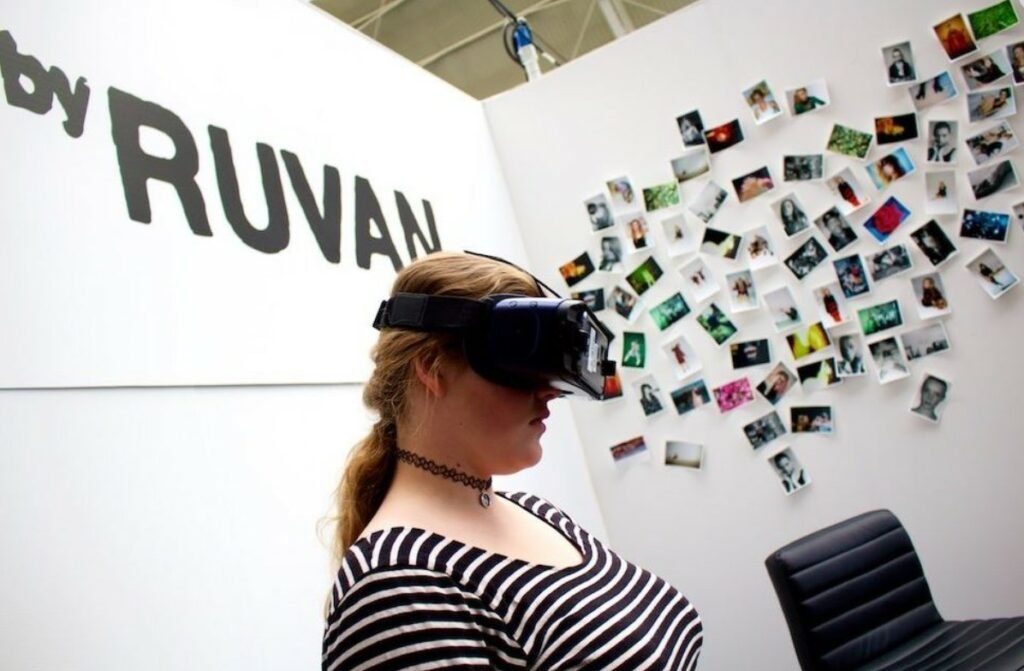Virtual reality (VR) is no longer just a figment of the imagination or a feature of science fiction. It has become a tangible and increasingly accessible technology that is revolutionizing the way we think about education and learning spaces. By creating immersive and interactive environments, VR has the potential to transform traditional educational methods, making learning more engaging and effective.
The Rise of Immersive Learning
The concept of sitting in a classroom and learning from textbooks is being challenged by the advent of VR in education. This technology offers a new way to experience learning, one where students can be transported to different worlds, historical periods, or even inside the human body to understand complex concepts.

- VR provides an immersive experience that can lead to better retention of information. When students are actively engaged in their learning environment, they are more likely to remember what they’ve learned.
- This technology also allows for the visualization of abstract concepts, which can be particularly beneficial in subjects like mathematics, physics, and chemistry, where spatial understanding is crucial.
- Moreover, VR can simulate real-world scenarios, providing students with practical experience in a safe and controlled setting. This is especially useful in vocational training, where hands-on experience is essential.
Bridging the Gap Between Theory and Practice
One of the most significant advantages of VR in education is its ability to bridge the gap between theoretical knowledge and practical application.
- Through VR simulations, students can practice skills and apply knowledge in a virtual environment that mimics real-life situations. This not only reinforces learning but also builds confidence and competence.
- For example, medical students can perform virtual surgeries, and engineering students can experiment with virtual prototypes, allowing them to make mistakes and learn from them without real-world consequences.
- The interactive nature of VR also promotes active learning, encouraging students to explore, experiment, and discover, which is a more effective learning method compared to passive memorization.
The Future Classroom: A Global Perspective
The potential of VR extends beyond individual learning experiences; it has the power to connect classrooms across the globe, fostering collaboration and cultural exchange.
- Students can take virtual field trips to museums, historical sites, and even other countries, gaining exposure to different cultures and global perspectives without leaving their classroom.
- This global classroom concept also allows for collaborative projects where students from different parts of the world can work together in a virtual space, breaking down geographical and language barriers.
- As VR technology becomes more widespread and affordable, it is poised to become an integral part of the educational landscape, offering limitless possibilities for teachers and students alike.